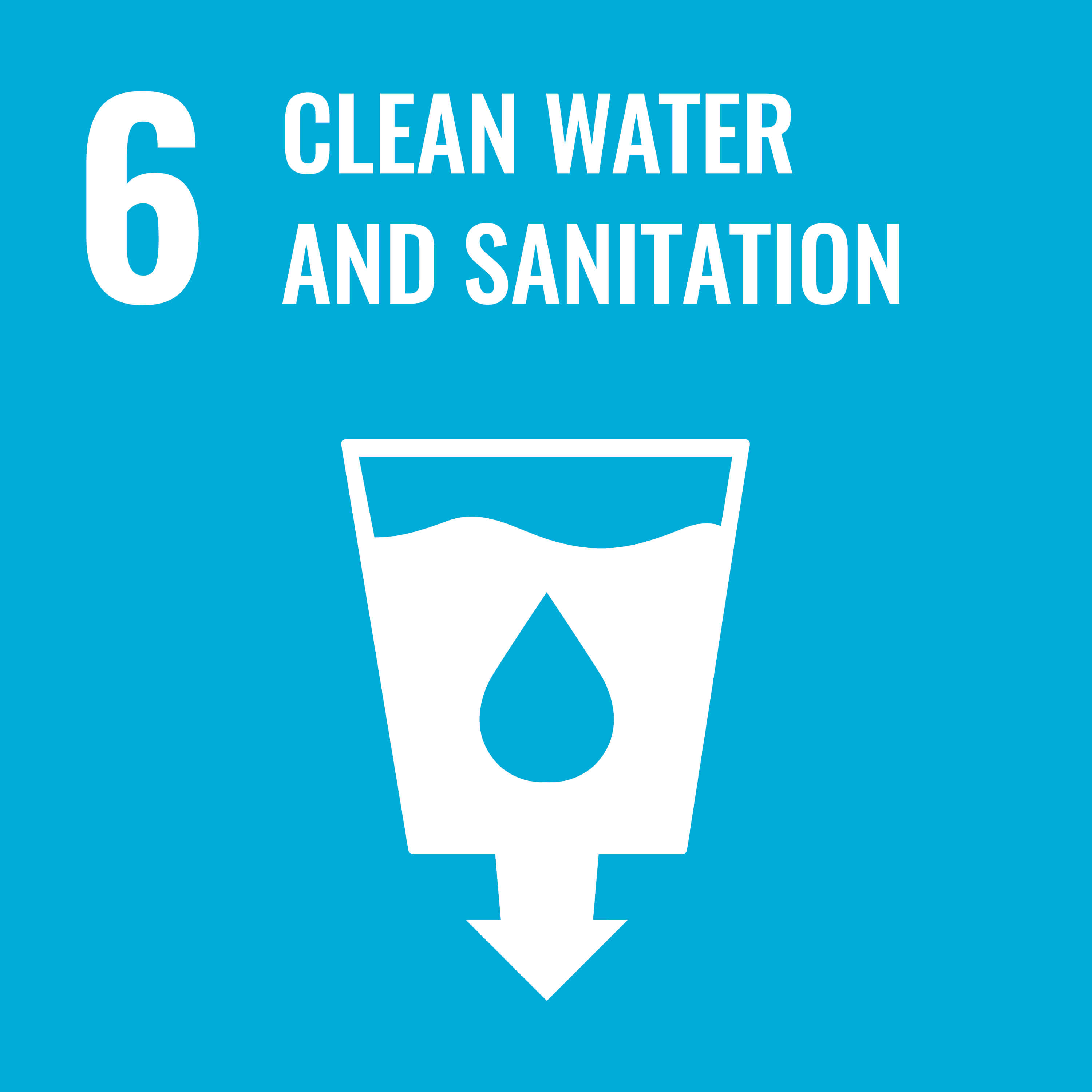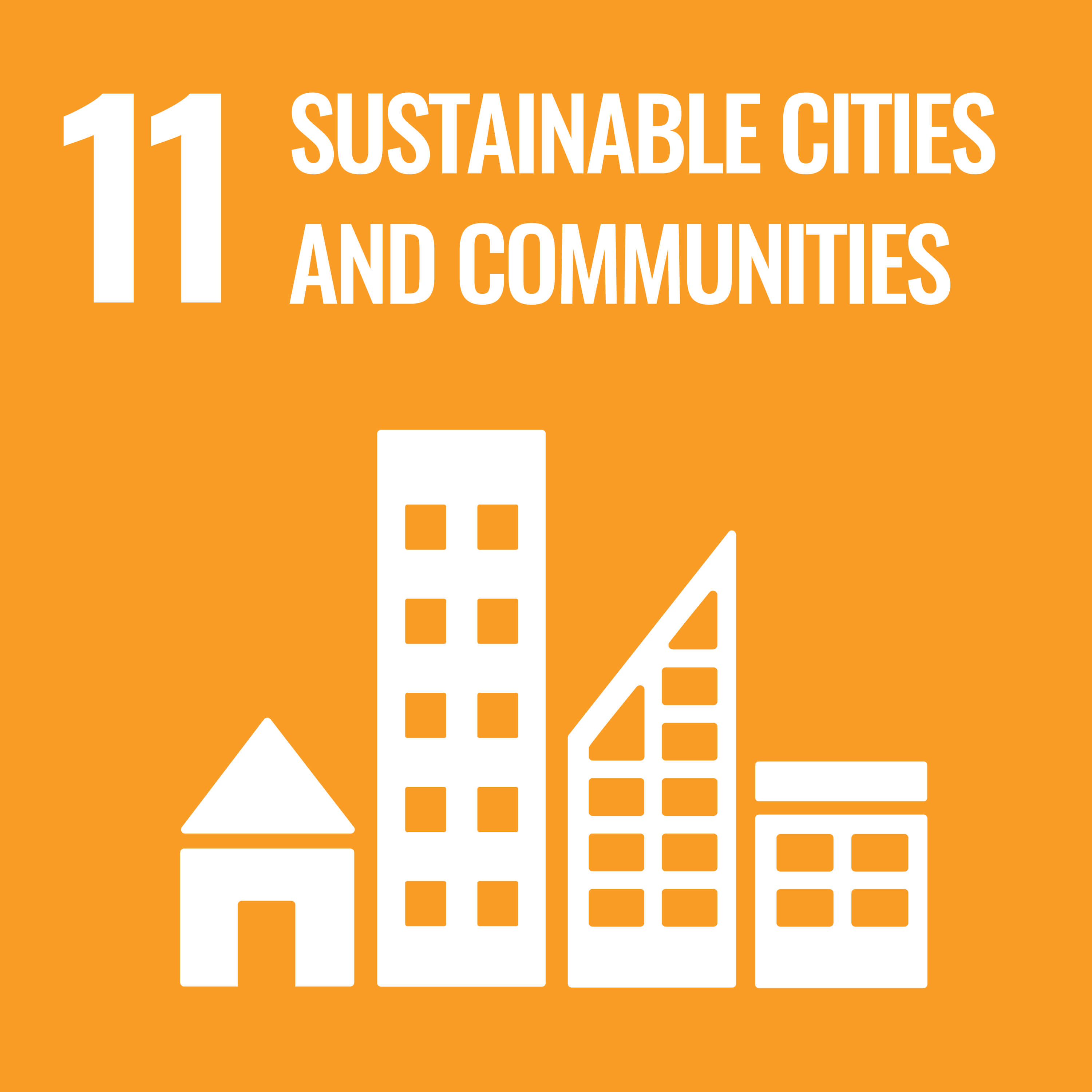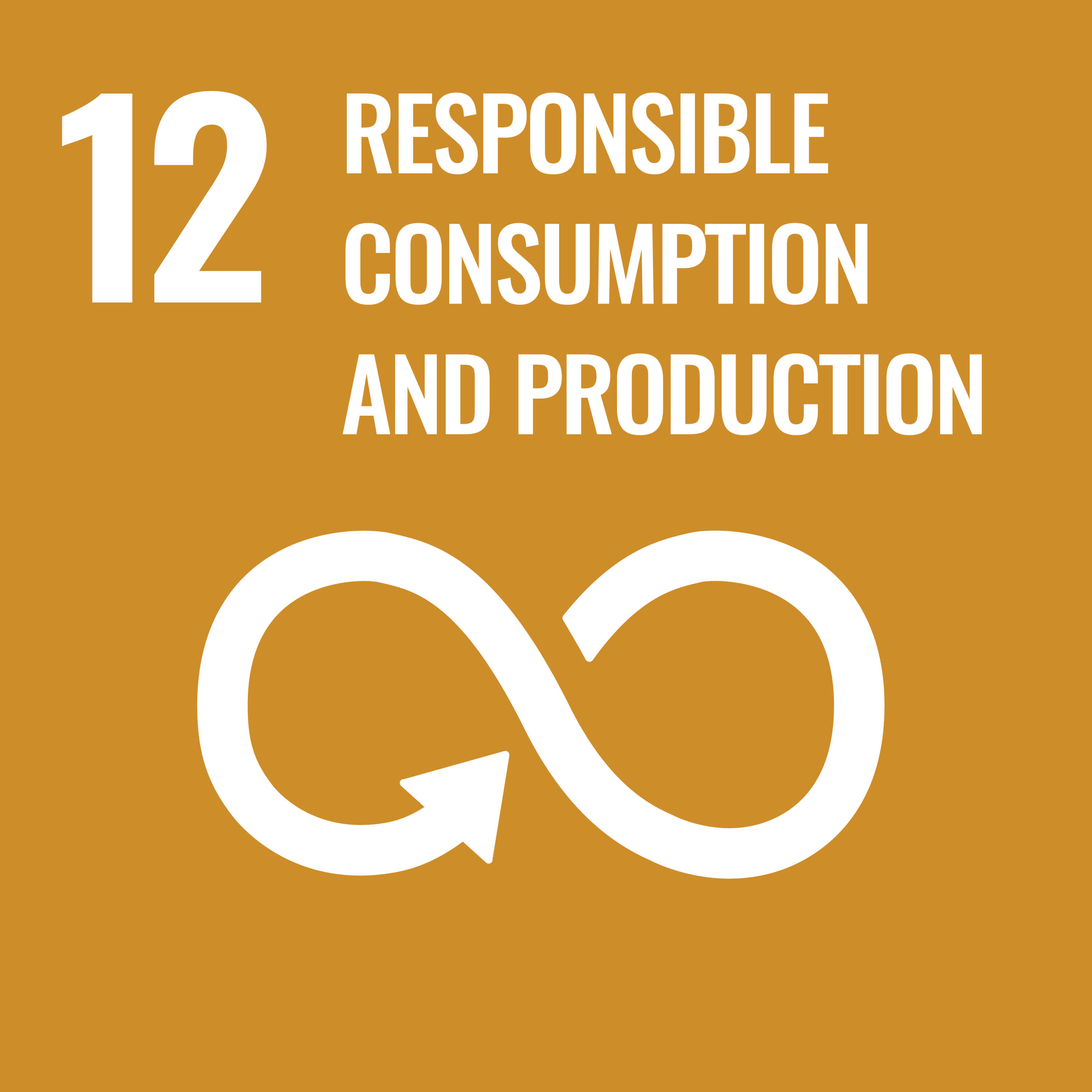Promoting Resource Circulation
Materiality 4
Relevant SDGs



Goal
| Vision | Minimizing resource consumption and maximizing resource circulation throughout the supply chain |
|---|---|
| Strategy | Reducing resource consumption and waste, etc. |
| Indicator: Goal (achievement year) |
|
3R Initiatives for Products and Packaging
Society must shift away from the traditional linear economy characterized by a cycle of mass production, consumption, and waste generation toward a circular economy in which resources are recycled and reused. The Nikon Group is committed to the 3Rs (Reduce, Reuse, Recycle) of product and packaging to create a resource circulation society.
Major Measures
- Sales of refurbished semiconductor lithography systems and reuse of projection lenses
- Design longer lives for SLR cameras, MF lenses, etc.
- Recycle used batteries from digital cameras, etc.
- Reuse and recycle used Nikon products
- Recycle packaging materials
- Save resources by downsizing packaging boxes
- Reduce plastics in packaging
- Reduce the use of paper resources in user manuals
Initiatives Aimed at Reducing Waste, Etc.
The Nikon Group has introduced level-specific targets into its zero emissions* initiatives.
Nikon and Group manufacturing companies in Japan maintain level S status. In fiscal year 2022, Nikon X-Tek Systems Ltd. (UK) and Hikari Glass (Changzhou) Optics Co., Ltd. (China) achieved level S status.
In addition, Optos Plc (UK) and Nanjing Nikon Jiangnan Optical Instrument Co., Ltd. (China) achieved level 1 status, while other Group manufacturing companies are making further efforts to achieving Level 1 by fiscal year 2030.
- *Zero emissions: First advocated by the United Nations University in 1994. It embodies an approach that seeks to reduce waste from the whole of society to zero by recycling waste from one industry for use as a resource in other industries.
Zero Emission Level-Specific Targets
Level S: Final landfill disposal rate of less than 0.5%
Level 1: Final landfill disposal rate of less than 1%
Level 2: Final landfill disposal rate of less than 5%
Level 3: Final landfill disposal rate of less than 10%
Level 4: Final landfill disposal rate of less than 20%
- *Final landfill disposal rate = Final landfill amount / (waste + valuable resources). The final landfill amount is the amount of waste disposed of by landfill at the final disposal site.
Protection of Water Resources
Large quantities of water are used in the production processes for optical lenses, part of Nikon’s main product category, and for the quartz glass used in these lenses. For example, during the optical lens polishing process, water has to be added frequently in order to keep the polishing agent at the right consistency. Similarly, in the quartz glass production process, our waste gas purification devices require water to remove acid components from waste gases. To conserve water resources, the Nikon group monitors the amount of water withdrawal, discharge, and reuse, proactively implementing initiatives for effective water use. Beginning in fiscal year 2021, the Group also introduced a new freshwater consumption indicator*, as we believe it is important that water used should be returned at an equal or better quality than when it was withdrawn. The Nikon Group believes that reducing freshwater consumption will lead to reduced water withdrawal load in each region.
- *Freshwater consumption: Sum of withdrawal volumes A, B, and C, minus returned water volume D (A+B+C-D). A: Water withdrawal from municipal water supply facilities (tap water, industrial water, etc.), B: Water withdrawal from surface water (lakes, rivers, etc.), C: Water withdrawal from groundwater, D: Return water of equal or better quality than the withdrawal source (applicable to B and C only).
Fiscal Year 2022 Goals and Results
Swipe horizontally to view full table.
| Goals for Fiscal Year 2022 | Results for Fiscal Year 2022 |
|---|---|
|
|
|
|
|
|
|
|
|
|
Sustainability Report
For more information, refer to Promoting Resource Circulation in the Sustainability Report.
3R Initiatives for Products and Packaging
- Sales of Refurbished Semiconductor Lithography Systems and Reuse of Projection Lenses
- Battery Recycling
- Recycling and Reuse of Used Nikon Products
- Recycling of Packaging Materials
- Reducing Resource Usage in Relation to Packaging and Instruction Manuals
Initiatives Aimed at Reducing Waste, Etc.
- Towards Zero Emissions
- Waste Reduction Performance
- Waste Reduction and Resource Circulation Measures
Protection of Water Resources
- Water Resource Conservation Measures
- Water Risk Assessments
- Appropriate Wastewater Treatment
- Water Withdrawal and Discharge
- Water Reuse Measures
